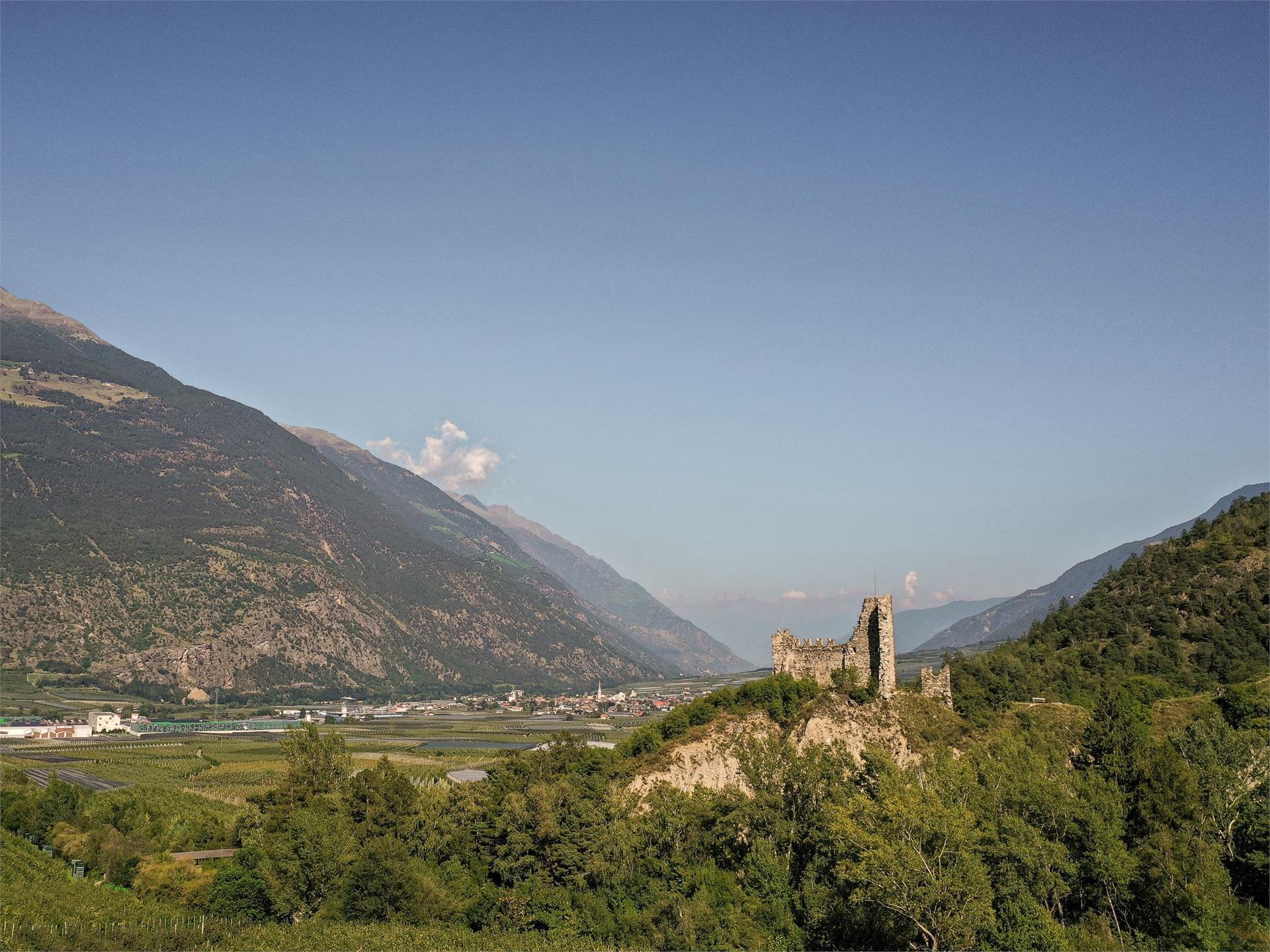The route through the rock tunnel at Mt. Lagazuoi is accessible from the top station of the cable car Lagazuoi with only 10 minutes walk on an easy well signposted path.
In 1996 the main tunnel in the rock (about 3 km long) as well as the side tunnels were restored and rebuilt at their original length. The restoration was possible thanks to the cooperation of the Italian and Austrian military corps.
In the side tunnels you can see utensils and weapons from the First World War and information panels which illustrate the events of the war.
At the base station of the Lagazuoi cable car you can rent tape recorders with English commentary.
Het merendeel bevindt zich rondom Bolzano/Bozen. In dit gebied vallen meteen de architectonische hoogstandjes op tussen alle landgoederen en kasteelachtige gebouwen uit de moderne tijd, bestaande uit een herenhuis en gebouwen voor het werk op het land. Deze zogenaamde 'Uberetscher'-stijl vormt een combinatie van Scandinavische gotiek met torentjes en andere elementen uit de Italiaanse renaissance. Interessant ook is dat deze stijl vooral voorkomt in het gebied tussen Bolzano en Kaltern an der Weinstraße/Caldaro sulla Strada del Vino.






















































































